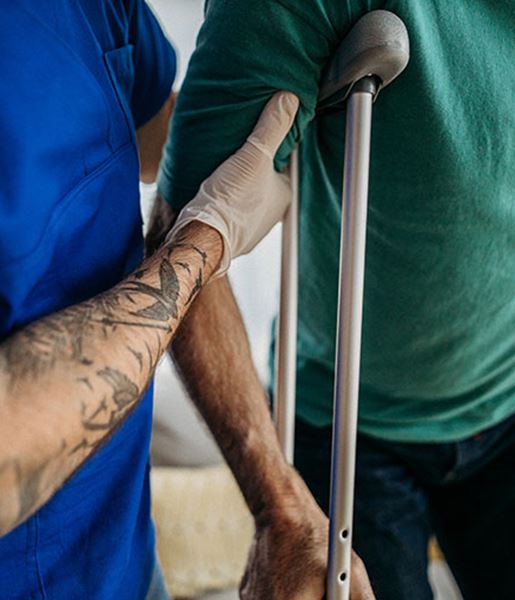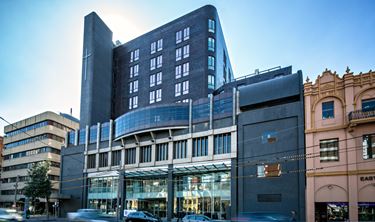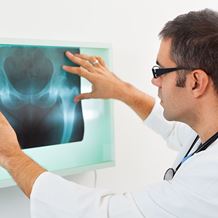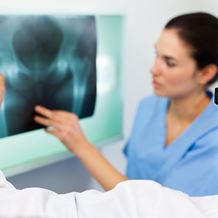Disclocation
- Home
- Services
- Orthopaedics
- Hip Orthopaedics
- Common Hip Conditions
- Dislocation
What is a total hip disclocation?
A hip dislocation occurs when the ball of the hip joint (femoral head) is pushed out of the socket (acetabulum). It is an extremely painful condition that usually happens as a result of heavy trauma like a car accident, or a nasty fall. A posterior (backwards) dislocation is much more common than an anterior (forwards) dislocation, but the nature of both injuries means that the surrounding ligaments, labrum, muscles and other soft tissues, including the nerve, are also likely to suffer some damage.
Other related injuries might also include fractures to the pelvis and legs, or damage to the sciatic nerve. Patients who have had a total hip replacement are more at risk of hip dislocation. This can happen through seemingly innocent activities such as bending down, sleeping on one side or tying a shoelace. Hip dislocation requires emergency medical treatment as it can lead to longer-term problems if it is left untreated.
How is it treated?
Hip dislocation must be treated within six hours of injury to avoid more serious complications. Non-surgical treatment is sometimes possible using a reduction procedure that manipulates the bones back into position. The ball is pushed back into the socket by hand while the patient is under anaesthetic. This is only possible if there are no other injuries present. In the event of a traumatic hip dislocation caused by injury, additional orthopaedic repair surgery is likely to be required as loose tissue or fragments of bone may need to be removed to enable the joint to be correctly repositioned. If the patient has previously had a hip replacement, the implants may need replacing.
How long does it last?
It can take up to three months for the hip to fully heal after a dislocation, but this will depend on the extent of the injury and the overall health of the patient. Recovery will involve rest, pain relief and physiotherapy.

Hip replacement approaches
Other hip surgeries
Find a hospital with orthopaedic services
Our Hospitals
Related services

Hip Orthopaedics
We provide specialist care and expertise for a range of problems affecting your hips.
Read More
Hip Replacement
Total hip replacement, or hip arthroplasty, the natural hip joint is replaced with artificial parts.
Read More
Find a Specialist
Talk to our world-leading orthopaedic specialists about the most suitable treatment options.
Read More